Budni Lacquer Craft
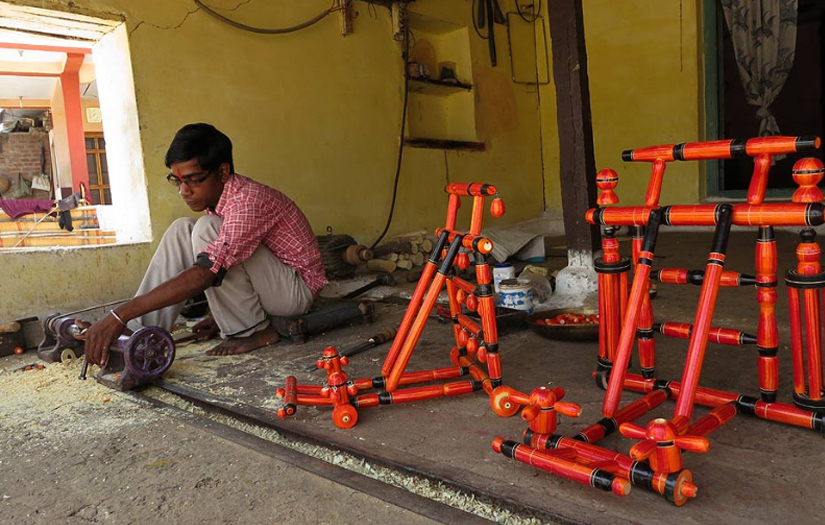
On the banks of river Narmada, surrounded by forests, there is a small locality of craftsmen, who make lacquered wooden articles. This is Budni Ghat, where soft wood spins on the lathe from morning to twilight, metamorphosing into beautiful objects and shapes. The Budni craftsmen, who have been practicing the craft for generations, belong to the Vishwakarma community.
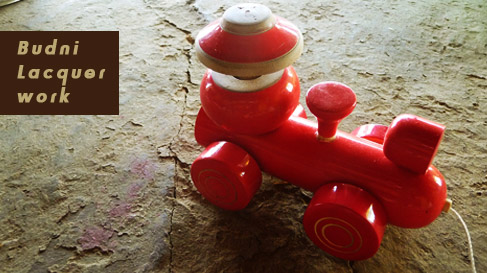
Creating small toys and spinning tops in bright shiny colours, these craftsmen have learnt that the secret to survival of any business is changing with the times.

The origin of this craft is probably based in utilitarian, yet aesthetically appealing items, like wall hooks, rolling pins and tricycles and toys for children. These objects were earlier made from Sagwan wood (Teak), but as the wood became rarer, the craftsmen switched to the locally available small pieces of Dudhi wood, which is soft and easy to carve and being light in colour, it makes the lacquer hues glow.
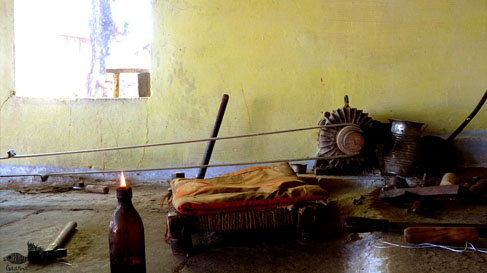
Earlier, the lathe was run manually, and was introduced to diesel power only some 60 years back. These days, cleaner energy is used and the machines are run on electricity. Simple chisels and gouges help to carve out shapes on the soft wood while it spins and while it is still on the lathe, the colour is applied. Artificial dyes, brought from Rajasthan, have replaced natural colours in the lacquer work. An important ingredient in the process, a kind of wax, known as “Chapdi” is sourced from Maharashtra. This wax is boiled with “Chandrak”, a natural varnishing agent and the dye is added in, to prepare the lacquer paste. Once the coloured lacquer is dried after application on the wood, it is polished with Kewda oil for a smooth and shiny finish.
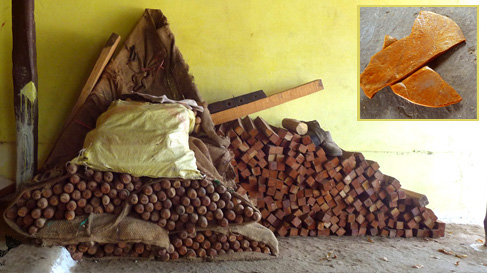
Budni lacquer work was much regarded and popular in the pre independence times when the Nawab of Sehore promoted the craft. The influx of cheap plastic and rising prices of wood left the craftsmen with low returns on their expertise and hard work. They then decided to create products which would be valued for their craftsmanship and not the amount of wood used in them. Today, the craftsmen try to incorporate the bright fluorescent colours of plastic in their lacquer products to keep the customer interested.
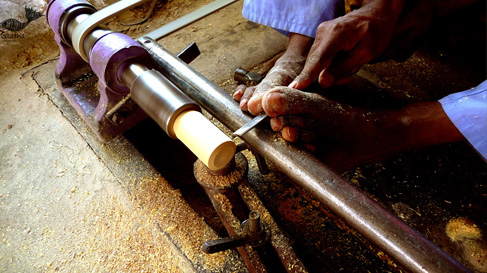
After all these years of relentless competition, this small street of Budni Ghat still sustains an age old craft all because of the ingenuity of these wood lacquer craftsmen.
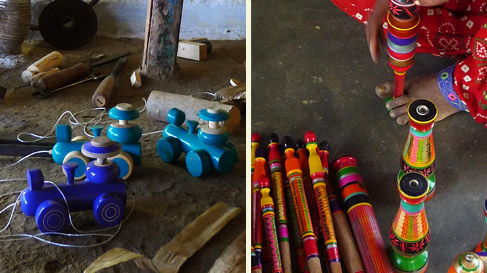
While the Kutchh lacquer work is strong and sturdy due to the hard babool wood used, Budni products are soft and delicate. Both Kutchh and Budni lacquer crafts are vivid and glossy; the ones from Budni do not have any patterns, but have bold, solid colours.
For more detail ~ Gaatha.org

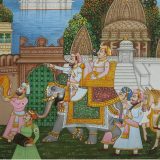








Sg
I’m a college student conducting a research on wood craft budhni, it would be really great if you could help me out in approaching some artisans, I request for their mobile number or other contact details.